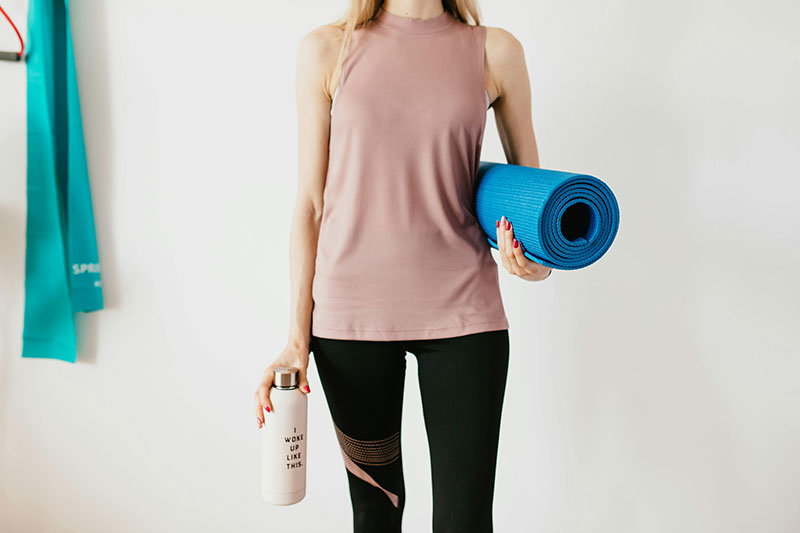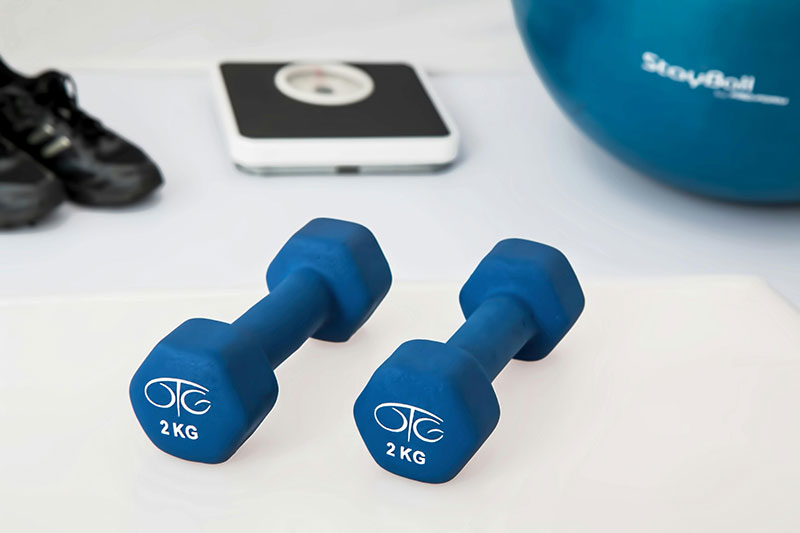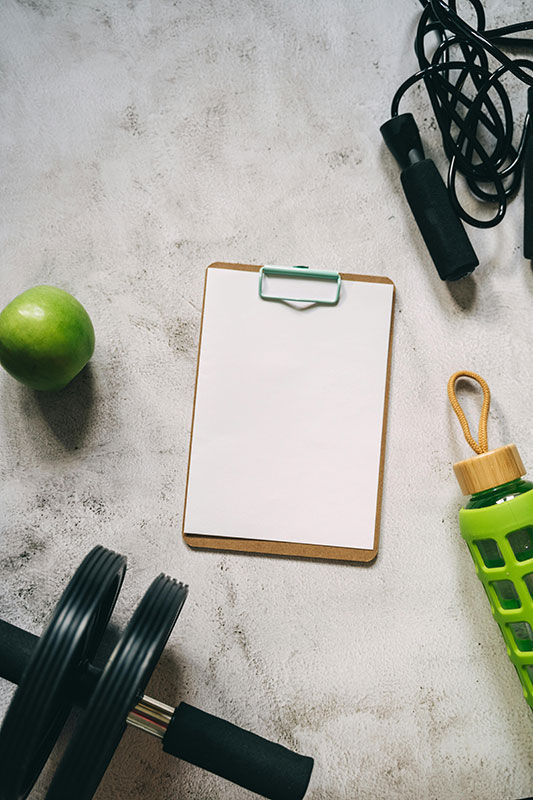- Use code CORY30 for 30% off your order and free shipping on orders over $50.
Sale ends in

00
DAY
00
HOUR
00
MINUTES
00
SECONDS
New Year, New Fitness Routine: Tips to Getting Started
Blog Categories

The start of a new year is the perfect time to take a fresh approach to your fitness routine. Whether you’re an athlete looking to up your game, a worker trying to stay active in a busy schedule, or someone new to fitness, building a new workout routine can be exciting—and a little overwhelming. But with the right guidance, you can set yourself up for success and make this year the one where you achieve your fitness goals.
Here are some expert tips to help you get started on the right foot and stick to your new routine.
1. Set Clear and Realistic Goals
One of the biggest mistakes people make when starting a new fitness routine is setting goals that are too ambitious. While it’s great to aim high, unrealistic expectations can quickly lead to frustration or burnout. Instead, start by setting clear, achievable goals that you can track over time.
Tip: Break your long-term fitness goals into smaller, measurable steps. For example, if you’re aiming to run a 5K, start by setting goals for how far you can run each week and gradually increase the distance.
2. Choose Activities You Enjoy
Exercise doesn’t have to feel like a chore. The best way to stay consistent with your fitness routine is by choosing activities you actually enjoy. Whether it’s running, cycling, yoga, or strength training, pick something that excites you. If you find it hard to stay motivated, try switching up your routine to keep things fresh and fun.
Tip: Experiment with different types of workouts and see what feels best for you. If you’re unsure, you can start with something low-impact, like walking or swimming, and gradually progress to more intense exercises as your fitness improves.
3. Start Slow and Build Gradually
It can be tempting to jump into an intense workout schedule, especially with the energy and enthusiasm that comes with New Year’s resolutions. However, starting too quickly can lead to injury and burnout. Instead, ease into your routine, especially if you’re new to working out. Your body needs time to adjust to new physical demands.
Tip: Begin with 2-3 days of exercise per week, then gradually increase the frequency and intensity. For example, start with 20-30 minute workouts and build up to longer sessions as you get stronger.
4. Focus on Form, Not Just Intensity
Good form is essential in preventing injuries and getting the most out of your workouts. Whether you’re lifting weights, running, or doing bodyweight exercises, always prioritize proper technique over intensity. If you’re unsure about your form, consider working with a trainer or using online resources to guide you.
Tip: Take the time to learn and practice proper form, especially for exercises that place strain on your joints, like squats and deadlifts. Proper form will improve your performance and help avoid injuries in the long run.

5. Fuel Your Body Properly
To perform at your best and recover properly from workouts, your body needs the right fuel. This means eating a balanced diet that includes lean proteins, healthy fats, complex carbohydrates, and plenty of fruits and vegetables. Proper nutrition supports muscle recovery, provides energy for workouts, and keeps your immune system strong.
Tip: Hydrate before, during, and after workouts, and aim to eat a post-workout meal within an hour of finishing your exercise. For a quick recovery, try a smoothie with protein, healthy fats, and fruit.
6. Rest and Recover
While it’s important to stay consistent with your workouts, rest is equally important for progress. Overtraining without enough recovery can lead to fatigue, decreased performance, and even injury. Make sure to schedule rest days in your routine and listen to your body. If you’re feeling overly sore or fatigued, take a break.
Tip: Include at least one or two rest days in your weekly routine. You can also incorporate active recovery on lighter days—activities like stretching, yoga, or a gentle walk can help speed up recovery.


7. Track Your Progress
Tracking your progress is a great way to stay motivated and see how far you’ve come. Whether you’re focusing on strength, endurance, or overall fitness, keeping a log of your workouts, meals, and how you’re feeling can help you identify patterns and areas for improvement.
Tip: Use a fitness app or journal to track your workouts, recovery, and goals. Seeing your improvement over time can be a huge confidence booster and keep you focused on your long-term goals.
8. Be Patient and Stay Consistent
Progress doesn’t happen overnight. Fitness is a journey that requires time, consistency, and dedication. It’s important to stay patient and trust the process, even when you don’t see immediate results. Celebrate your small wins and remember that consistency is key.
Tip: Don’t get discouraged by slow progress. Focus on the long-term benefits of your fitness journey, such as increased energy, improved mental health, and better overall health.
Conclusion
Starting a new fitness routine in the New Year is an exciting opportunity to set yourself up for success. By setting realistic goals, choosing enjoyable activities, prioritizing good form, and fueling your body properly, you’ll be well on your way to achieving your fitness objectives. Remember, the key is consistency—stick with your routine, track your progress, and be patient with yourself. With these tips, you can make 2025 the year you take your fitness to new heights. Here’s to a strong, healthy year ahead!
